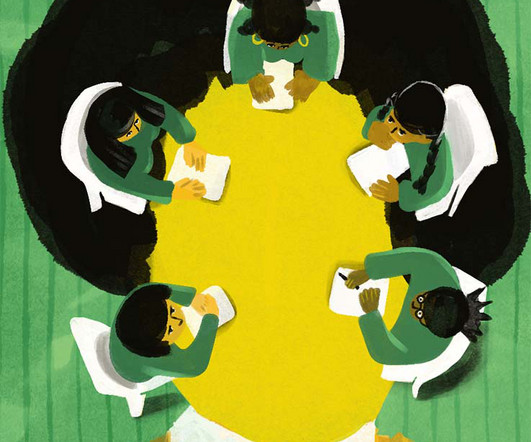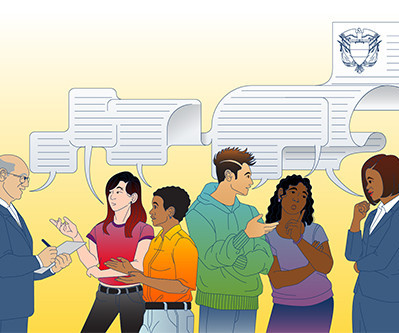Equity in Employment: A Vital Step Toward Dismantling Structural Racism in Brazil
Stanford Social Innovation Review
APRIL 9, 2024
Data released in 2022 by the Instituto Brasileiro de Geografia e Estatística (IBGE, “Brazilian Institute of Geography and Statistics”) shows that unemployment and informal labor are higher among this group, which is also more exposed to violence and poverty. Per the World Bank’s poverty line threshold, 18.6











Let's personalize your content